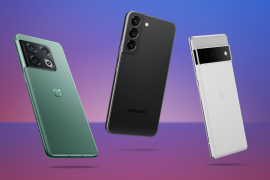Stuff’s Guide to Photography: why you need a prime lens, and how to buy one
They don't zoom, but a prime lens can dramatically transform your photography
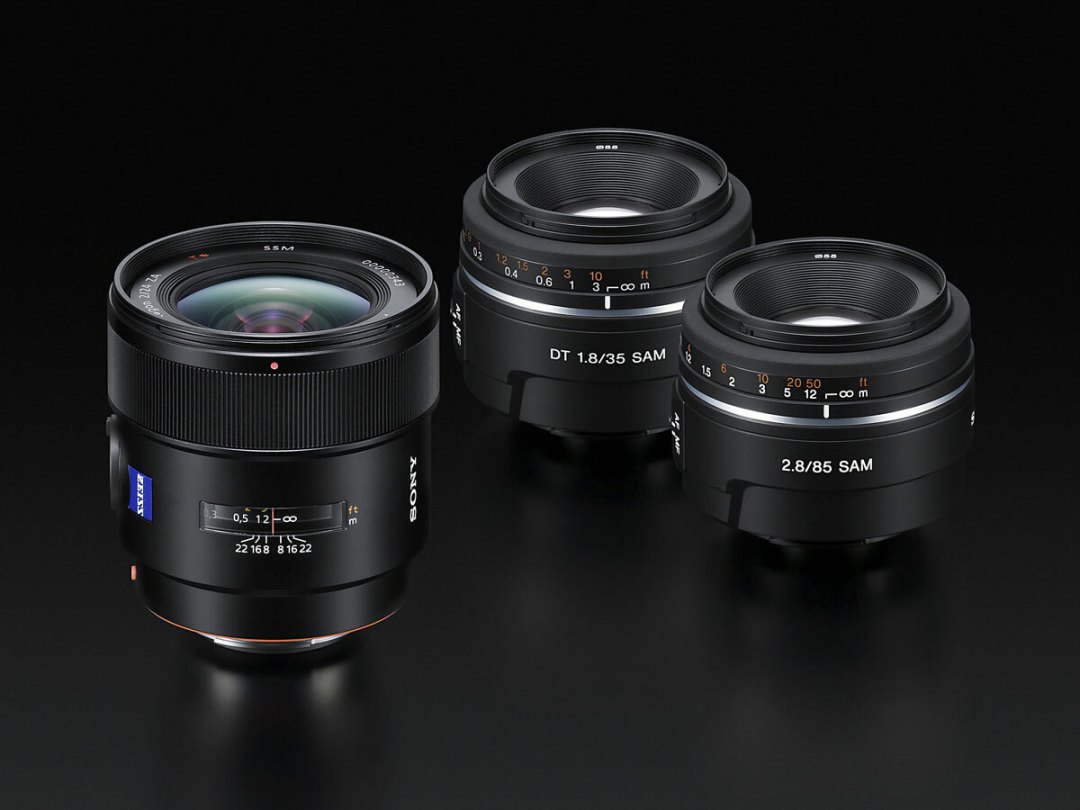
In this instalment of our photography guide, we’re taking a close look at prime lenses. Many DSLR and compact system camera owners never think to go beyond the basic zoom that comes with their new camera, but they’re missing out – here’s why a simple, high-quality prime lens can do more for your photos.
What is a prime lens?
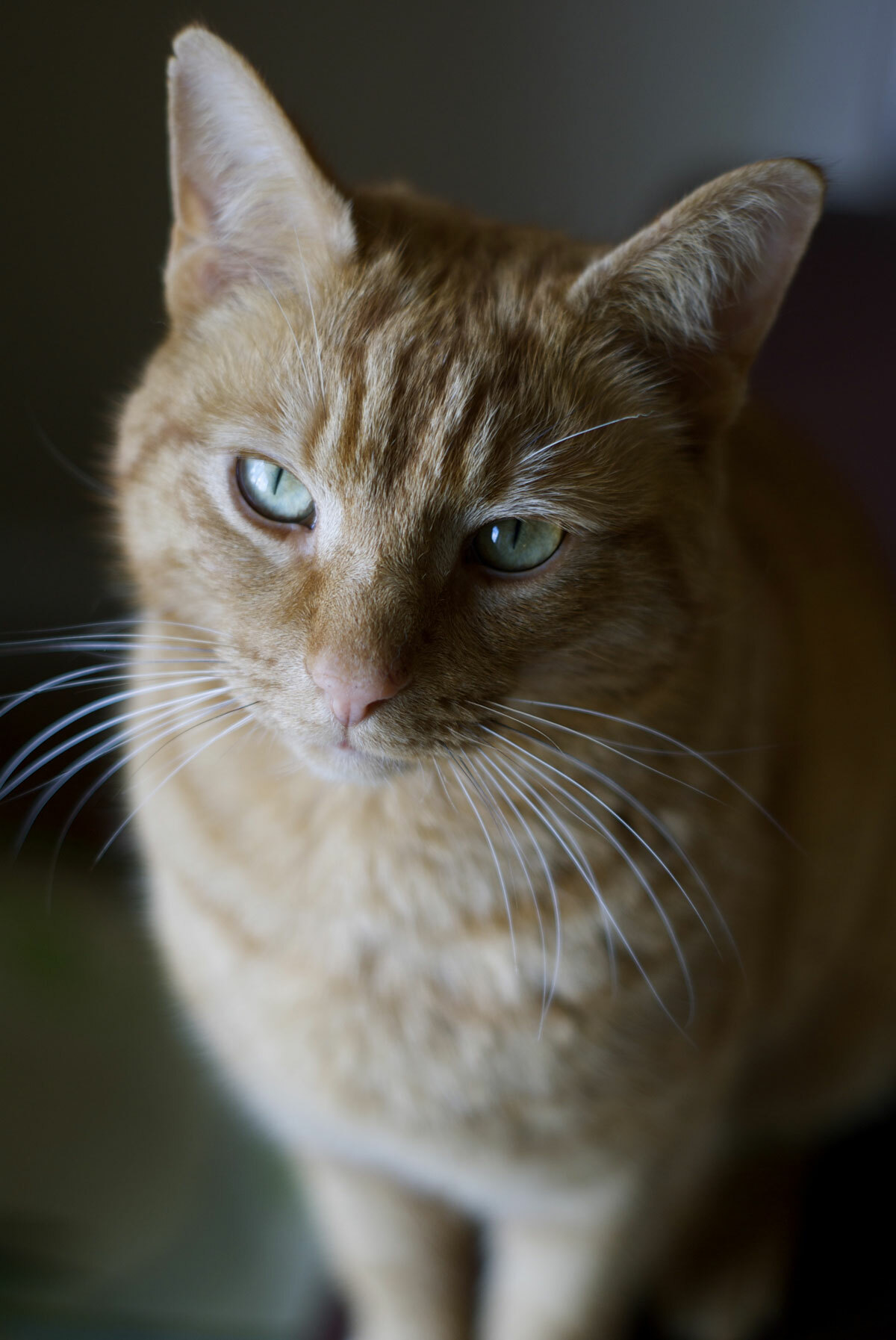
Basically, it’s a lens that doesn’t zoom. Any lens with a fixed focal length (like 30mm or 50mm) is considered a prime lens. This means primes are less versatile than zoom lenses, but in general they offer better optical quality, because they’re built specifically to be perfect at one focal length. And because they don’t need the extra moving parts and bits of glass that zooms need, they can be smaller, lighter and cheaper. Although this being camera kit, they can also be eye-wateringly expensive, as we’ll see later.
So mainly you want a prime because it’ll improve your pictures, and because you can afford one, but they’re also a great way to change the way you shoot. With a zoom, you can stand still and zoom in, but with a prime forces you to move around for the shot you want, and in doing so makes you think more about how you’re composing your picture.
Pick your focal length
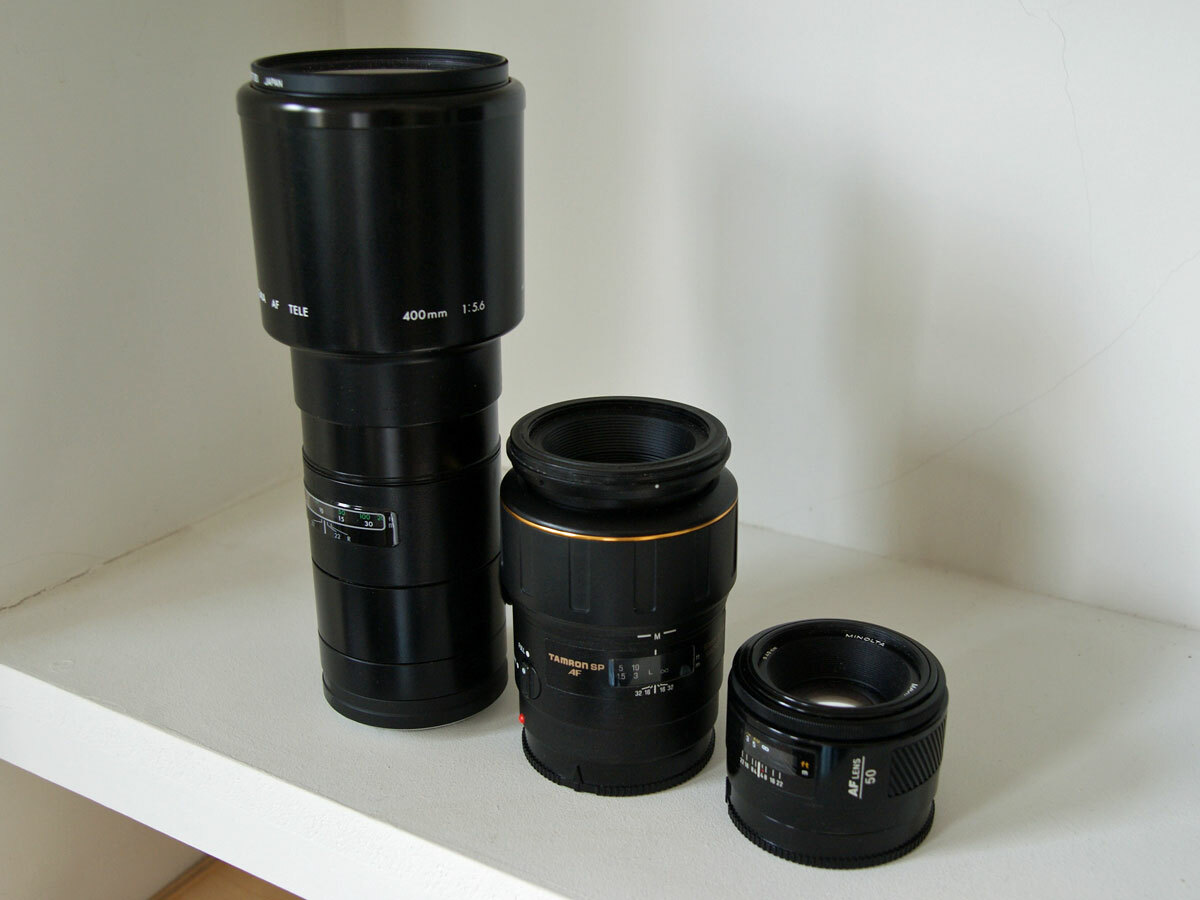
The length of lens you buy will affect what sort of pictures you can take, and the choice is huge. From 800mm super-telephoto primes to 8mm ultra wide-angle fisheye primes, they’re available for all sorts of jobs. The most common, though, are in the 35mm-50mm range, which equate to what most photographers would consider ‘normal’. That’s because on a full-frame camera, a 50mm lens give you about the same field of view as regular human vision, and on an APS-C body, a 35mm lens would offer a similar field of view.
Try a “nifty fifty” as your first prime lens
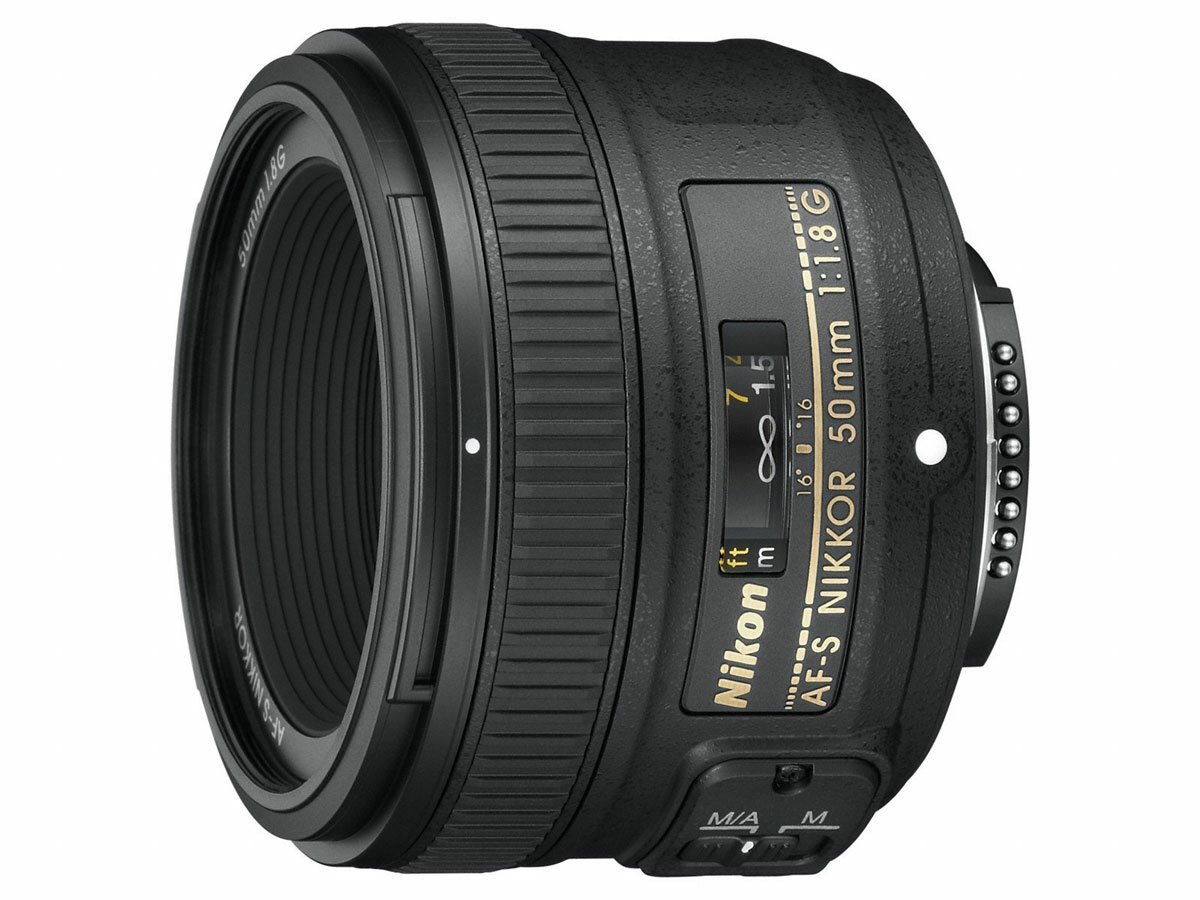
This is our recommended starting point, then. Affordable, compact, lightweight and offering far superior optical quality to a standard kit zoom lens, a 50mm F1.8 lens will transform your photography. The large F1.8 aperture makes it ideal for low-light shooting, as well offering the short depth of field that gives a sharply focused subject with attractive, out-of-focus backgrounds.
Suggestions: three first-time primes
Understand your F-number
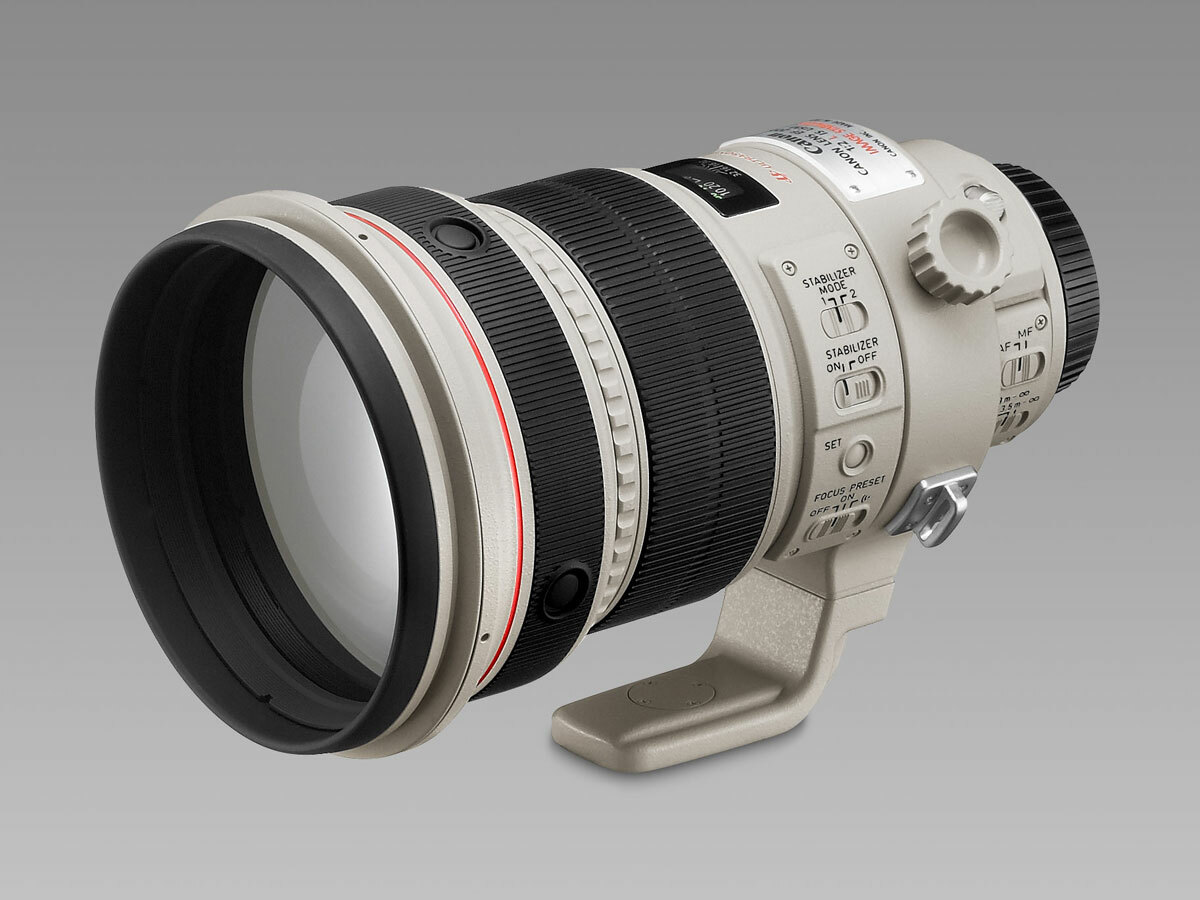
You’ll notice that all these lenses have an F-number next to them (Canon 50mm f1.8, for example). The F-number refers to the aperture, which is the hole that lets the light into the camera. The lower the lower the F-number, the larger the hole, so the more light it can let in. The F-number F1.2 and F1.4 lenses are the largest aperture lenses available for most DSLRs and compact system cameras, and because they let in bags of light, they allow for fast shutter speeds and they create lovely bokeh (click here if you don’t know what that is).
As focal lengths increase, however, larger apertures require more complex engineering and weightier glass – which translates to higher prices. Canon’s hulking 200mm F2 lens, for instance, costs a wallet-wilting £4,000 and weighs in at 2.5kg – only professional sports photographers need apply.
Try it on everything
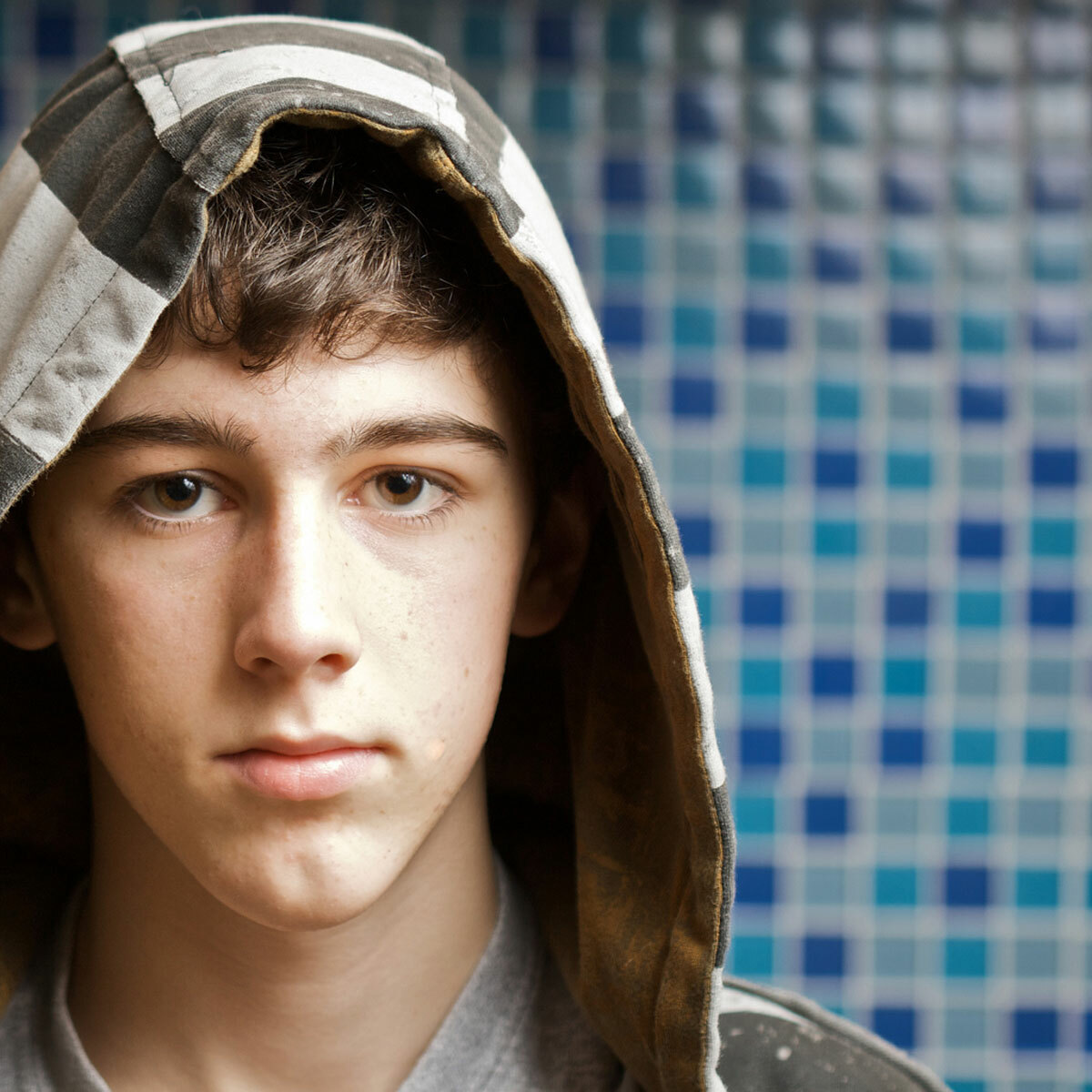
Once you’ve got yourself a prime, put it to work in a variety of different situations and you’ll find they’re actually pretty versatile. A 70mm, 90mm or 100mm F2.8 macro prime lens, for instance, is primarily designed for taking incredibly detailed shots of subjects extremely close to the lens – insects, flowers and the like – but it will also work very well for portraits of people standing a few paces away, as it’ll keep the subject’s face in sharp focus while blurring the background. As with all camera kit, the best way to figure it out is to keep using it as much as possible.
Image credit: Connor Downey



